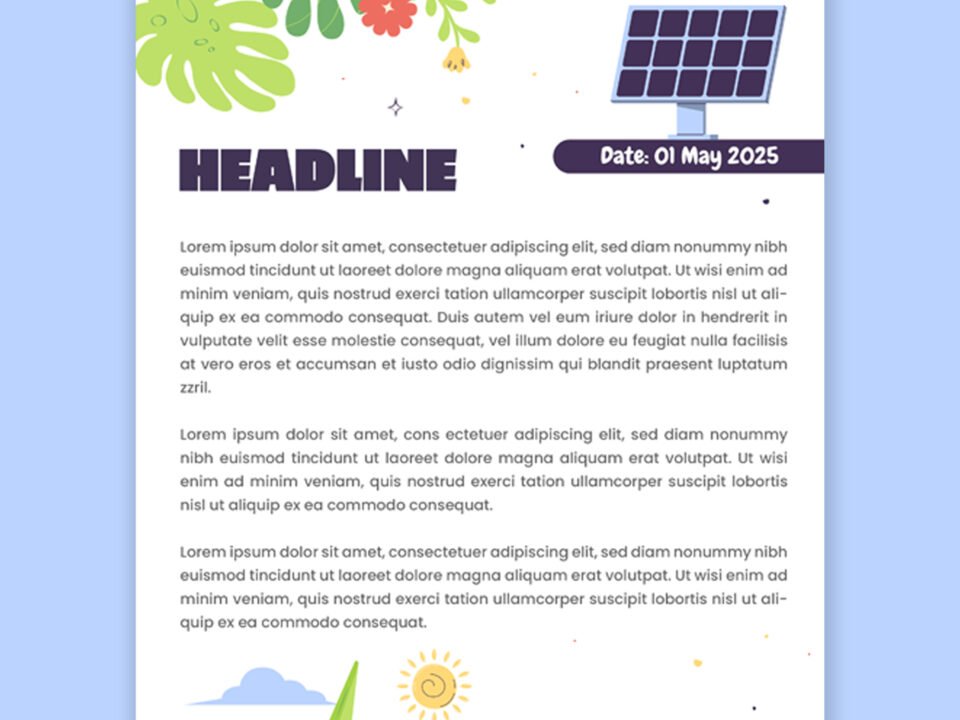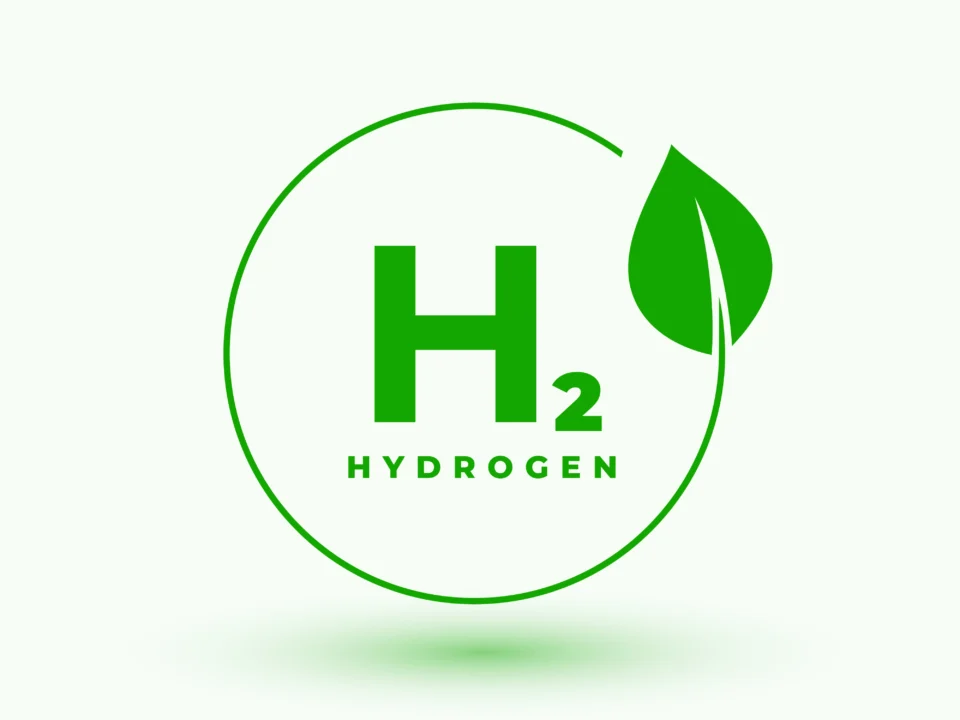In an era where clean and sustainable energy is more important than ever, geothermal electricity is gaining attention as a reliable and eco-friendly power source. But what exactly is geothermal electricity, and how does it work? This beginner’s guide breaks down the science behind this fascinating energy source in a simple and easy-to-understand way.
What is Geothermal Electricity?
Geothermal electricity is power generated by harnessing the Earth’s natural heat. “Geo” means Earth, and “thermal” means heat — together, geothermal refers to the heat that comes from beneath the Earth’s surface. This heat can be used directly for heating or can be converted into electricity.
Geothermal energy originates from the Earth’s core, where temperatures reach up to 9,000°F (5,000°C). This intense heat is partly leftover energy from the planet’s formation and partly due to the radioactive decay of minerals deep underground.
How Geothermal Electricity Works
The basic process of generating geothermal electricity involves tapping into underground reservoirs of hot water or steam. These reservoirs are usually located near tectonic plate boundaries or volcanic regions, where the Earth’s crust is thinner, allowing heat to escape more easily.
Here’s a step-by-step look at how geothermal electricity is produced:
1. Drilling Wells
Engineers drill wells deep into the Earth to access geothermal reservoirs. Depending on the site, these wells can range from a few hundred meters to several kilometers deep.
2. Extracting Heat
There are three main types of geothermal power plants, and each uses the Earth’s heat in slightly different ways:
- Dry Steam Plants: These are the oldest type of geothermal power plants. They take steam directly from the underground reservoir to turn turbines that generate electricity.
- Flash Steam Plants: These pull high-pressure hot water from the ground. As the pressure drops at the surface, some of the water flashes into steam, which then drives a turbine.
- Binary Cycle Plants: These use moderate-temperature water (below 400°F or 200°C) to heat a secondary fluid with a lower boiling point than water. The vapor from the secondary fluid turns the turbine, not the geothermal water itself.
3. Turning the Turbine
In all three systems, the steam or vapor pressure spins a turbine connected to a generator. As the turbine blades spin, the generator converts the mechanical energy into electrical energy.
4. Cooling and Reinjecting
After the steam passes through the turbine, it’s cooled back into water. This water is then reinjected into the Earth to maintain pressure in the geothermal reservoir and sustain the resource over time.
Advantages of Geothermal Electricity
One of the reasons geothermal electricity is gaining traction is because of its numerous advantages over traditional fossil fuels and even some renewable sources.
1. Sustainable and Renewable
Geothermal energy is practically limitless on a human timescale. As long as the Earth exists, it will generate heat. When managed correctly, geothermal plants can operate for decades without depleting the reservoir.
2. Low Emissions
Unlike coal or gas power plants, geothermal electricity generation produces very low greenhouse gas emissions. Binary cycle plants, in particular, emit virtually no gases into the atmosphere.
3. Reliable Power Supply
Unlike solar or wind energy, geothermal electricity isn’t dependent on weather conditions. It provides a constant, stable power output 24/7 — making it an ideal candidate for baseload energy supply.
4. Small Land Footprint
Geothermal plants require less land than solar farms or wind turbine installations. They also cause minimal disruption to the surrounding environment.
Challenges of Geothermal Electricity
Despite its benefits, geothermal electricity does face several challenges:
1. Location-Specific
Geothermal resources are not available everywhere. They are most commonly found in regions with high volcanic activity, such as Iceland, New Zealand, and parts of the western United States.
2. High Upfront Costs
Drilling deep into the Earth and building the infrastructure to access geothermal energy requires significant initial investment. However, the operating costs are relatively low compared to other energy sources.
3. Risk of Depletion
If not managed properly, the underground reservoirs can cool down over time, reducing their ability to generate electricity. Proper reinjection and monitoring are crucial to maintain sustainability.
4. Environmental Concerns
While emissions are minimal, geothermal plants can still release trace amounts of gases like hydrogen sulfide. There’s also a risk of triggering small earthquakes due to the disturbance of underground formations.
Where is Geothermal Electricity Used?
Some of the leading countries using geothermal electricity include:
- Iceland: Nearly 100% of the country’s electricity and heating comes from renewable sources, with geothermal making up about 25% of electricity generation.
- United States: Home to the largest geothermal plant in the world — The Geysers in California.
- Philippines and Indonesia: Both countries sit on the Pacific “Ring of Fire” and have significant geothermal potential.
- Kenya: Africa’s leader in geothermal electricity, generating a large portion of its power from geothermal sources in the Great Rift Valley.
Future of Geothermal Electricity
As technology advances, geothermal electricity is expected to become even more accessible and efficient. Enhanced Geothermal Systems (EGS), for example, are being developed to create geothermal resources in places where none naturally exist. EGS involves fracturing hot dry rock to create artificial reservoirs that can be tapped for energy.
There’s also growing interest in combining geothermal energy with other renewables to create hybrid systems. For example, solar panels can supplement geothermal heat during the day, boosting output and efficiency.
Moreover, direct applications of geothermal energy — such as district heating, greenhouse farming, and industrial drying — further extend its potential beyond just electricity generation.
Conclusion
Geothermal electricity is a powerful, sustainable, and largely untapped energy source. It harnesses the Earth’s internal heat to produce clean electricity with minimal environmental impact. While challenges remain, continued innovation and investment in geothermal technologies could make this form of energy a cornerstone of our clean energy future.
Whether you’re an energy enthusiast or just starting to explore renewable energy options, understanding the science behind geothermal electricity is a great step toward appreciating its role in the global transition to a greener world.




